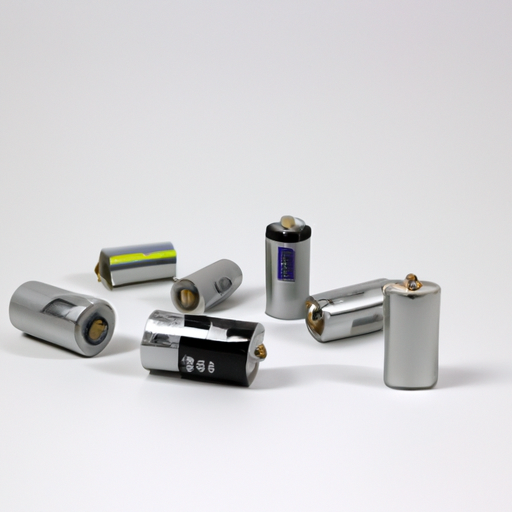Aluminum electrolytic capacitors are a type of capacitor that uses an electrolyte to achieve a high capacitance in a small package. These capacitors are commonly used in electronic circuits for filtering, smoothing, and energy storage applications. They are known for their high capacitance values and ability to handle high voltages, making them ideal for use in power supplies and other high-performance applications.

1. Aluminum Foil: The most important component of an aluminum electrolytic capacitor is the aluminum foil. The foil is used as the electrode material and is typically made from high-purity aluminum. The foil is etched to increase its surface area, allowing for a higher capacitance value in a smaller package. The etching process creates a rough surface that increases the effective surface area of the foil, allowing for more charge storage capacity.
2. Electrolyte: The electrolyte is a conductive liquid or gel that fills the space between the aluminum foil electrodes in an aluminum electrolytic capacitor. The electrolyte is typically a solution of boric acid or other salts that provide the necessary ions for charge storage. The electrolyte also acts as a dielectric, preventing direct contact between the two electrodes while allowing the flow of current.
3. Separator: The separator is a thin layer of material that separates the two aluminum foil electrodes in an aluminum electrolytic capacitor. The separator is typically made from paper or plastic and is impregnated with the electrolyte to ensure proper ion flow between the electrodes. The separator also helps to prevent short circuits and maintain the integrity of the capacitor.
4. Can: The can is the outer casing of an aluminum electrolytic capacitor that houses the internal components. The can is typically made from aluminum or other conductive materials to provide a shield against electromagnetic interference and protect the internal components from external damage. The can also serves as a heat sink, dissipating heat generated during operation to ensure the capacitor remains within its operating temperature range.
5. Lead Wires: Lead wires are used to connect the aluminum electrolytic capacitor to an external circuit. The lead wires are typically made from copper or other conductive materials and are attached to the aluminum foil electrodes inside the capacitor. The lead wires are then soldered or crimped to the terminals on the can for external connection.
6. Terminal: The terminal is the external connection point on an aluminum electrolytic capacitor where the lead wires are attached. The terminal is typically a metal tab or pin that is soldered or crimped to the lead wires for external connection. The terminal provides a secure connection point for the capacitor in an electronic circuit.
7. Sealing: Sealing is the process of hermetically sealing the can of an aluminum electrolytic capacitor to prevent the leakage of electrolyte and maintain the integrity of the internal components. The sealing process typically involves welding or crimping the can to create an airtight seal that protects the capacitor from external contaminants and moisture.
In conclusion, aluminum electrolytic capacitors contain several key components and modules that work together to store and release electrical energy. The aluminum foil electrodes, electrolyte, separator, can, lead wires, terminal, and sealing are all essential components that contribute to the performance and reliability of the capacitor. By understanding the role of each component, engineers and designers can select the right aluminum electrolytic capacitor for their specific application and ensure optimal performance and longevity.





